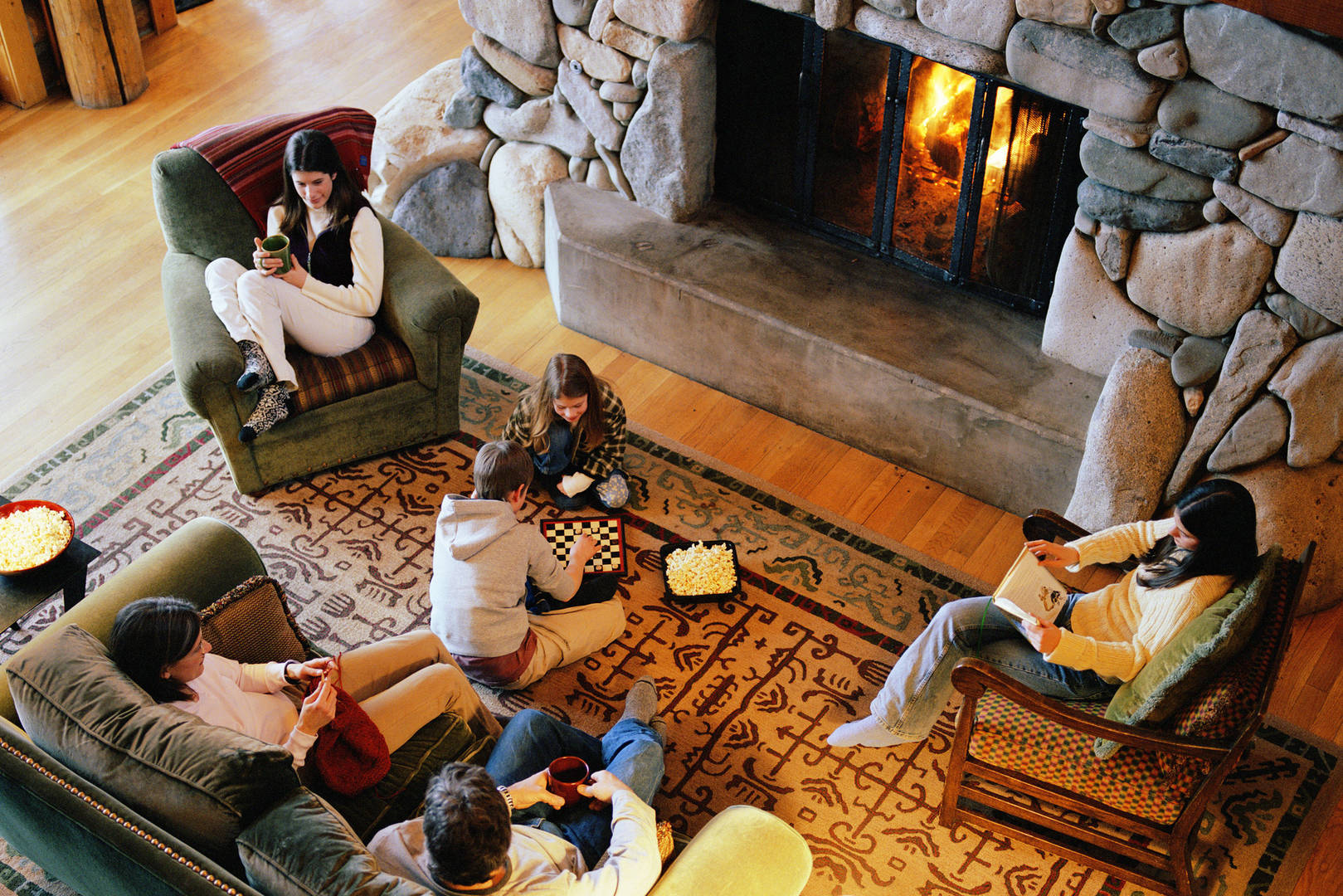Be Prepared for Winter Storms
Living in the Midwest, we know winter storms can strike at any time, bringing extreme cold, freezing rain, snow, ice, and high winds. Being prepared can help you stay safe and protect your home and loved ones.
Winter Storm Quick Facts
- Winter storms can last from a few hours to several days.
- They increase risks for older adults, children, and those with health conditions.
- Severe storms can knock out heat, power, and communication services.
How to Stay Safe During a Winter Storm
Stay Indoors & Keep Warm
- Stay inside whenever possible and dress in warm, layered clothing.
- Use caution with space heaters and fireplaces.
- Avoid using candles; opt for battery-powered lights and flashlights instead.
Prevent Carbon Monoxide Poisoning
- Never use an oven or stove to heat your home.
- Only use generators, grills, and camp stoves outdoors and away from windows.
- Install carbon monoxide detectors with battery backup on every floor.
- If you feel dizzy, weak, or sick, get to fresh air immediately.
Act Fast for Frostbite & Hypothermia
- Frostbite: Move to a warm place. Warm affected areas gently with warm (not hot) water. Seek medical attention if needed.
- Hypothermia: Symptoms include shivering, confusion, drowsiness, and slurred speech. Seek emergency medical care immediately. Move to a warm place and remove wet clothing.
Preventing Frozen Pipes
- Drain outdoor lines: Remove hoses and drain swimming pool or sprinkler supply lines.
- Insulate pipes: Add insulation to unheated areas and use pipe sleeves or heat tape for extra protection.
- Seal drafts: Insulate spaces around exposed pipes, like under kitchen cabinets or in the garage.
- Keep temperatures steady: Set the thermostat to the same temperature day and night. Open cabinet doors to allow warm air around pipes.
- Let water drip: During cold spells, let faucets drip to prevent freezing.
Winter storms can lead to costly damage to homes and other belongings. Be sure to review your Homeowners Insurance policy to help safeguard what matters most. At CommunityAmerica Insurance Agency, our agents are ready to help you find the right coverage at an affordable price.
Everyone’s circumstances are unique. For more detailed winter storm preparedness tips, visit FEMA’s Winter Storm Preparedness website.









